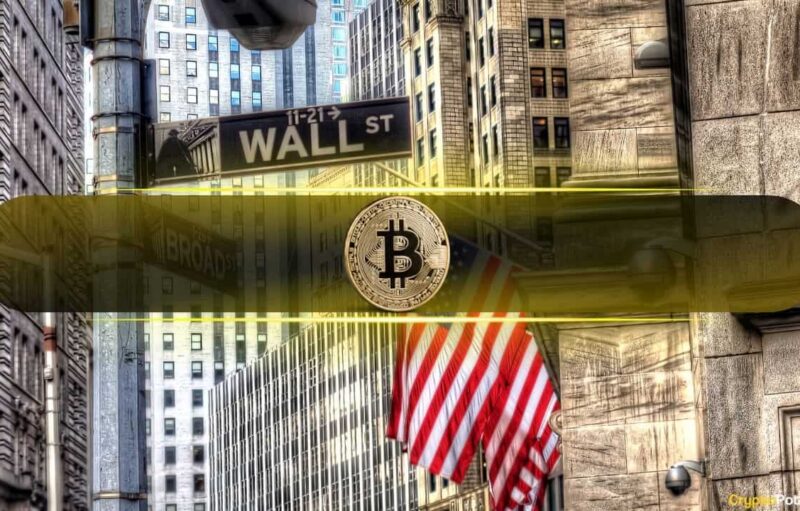

America’s 3 federal bank regulators had a clarifying message for banking organizations on Thursday: servicing the crypto industry is neither illegal nor discouraged.
That said, the institutions – including the Federal Reserve, Federal Deposit Insurance Corporation (FDIC), and Office of the Comptroller of the Currency (OCC) – named various risks to keep in mind when interacting with the crypto sector, and which risk management practices to follow as a result.
Crypto is Risky, but Still Allowed
The statement began by reminding banks to apply existing risk management principles when dealing with crypto firms – but did not create any new principles to follow.
“Banking organizations are neither prohibited nor discouraged from providing banking services to customers of any specific class or type, as permitted by law or regulation,” it stated.
That said, the regulators claimed that certain “liquidity risks” affect crypto more strongly than other industries. One reason for this is the “unpredictability” of deposit inflows and outflows – especially deposits made for the direct benefit of a crypto entity’s customers.
“The stability of the deposits may be influenced by, for example, periods of stress, market volatility, and related vulnerabilities in the crypto-asset sector,” the statement explained. For example, end customers may react to market-related news and uncertainty in a way that prompts rapid inflows and outflows from the bank – which can be exacerbated by misleading representations from an entity related to FDIC insurance.
ADVERTISEMENT
After FTX and Alameda Research collapsed last year, crypto bank Silvergate experienced a run on customer deposits, with 60% of its funding vanishing within 2 months. At the end of 2022, it held $4.6 billion in cash – $4.3 billion of which it received in Federal Home Loan Bank advances that helped stave off the run.
The regulators also warned about volatility relating to deposits connected to stablecoin reserves. “The stability of such deposits may be linked to demand for stablecoins, the confidence of stablecoin holders in the stablecoin arrangement, and the stablecoin issuer’s reserve management practices,” they said.
In December, Binance was forced to temporarily freeze USDC withdrawals due to issues converting its BUSD into USDC through a New York bank, which was closed at the time of a major withdrawal influx.
What Should Banks Do?
The regulators recommended that banks understand the drivers of deposit volatility in their respective businesses, as well as the “interconnectedness” of deposit-related liquidity risks between crypto asset entities. As explained, deposit fluctuations can be correlated between crypto entities sharing similar risk profiles, creating risks for firms primarily focused on servicing the industry.
Custodia Bank founder Caitlin Long praised the three regulators for recognizing “obvious” risks related to crypto banking, following their statement. Long has long pushed to secure a “master account” for her bank with the federal reserve system and has launched a lawsuit against the central bank for its refusal to grant it one.
WOW–good that the 3 US federal bank regulators finally recognize the OBVIOUS risks to banking #crypto cos & issued this guidance today. Yes, banks should hold cash against all demand deposits related to #crypto–it’s why #Wyoming #SPDI banks can’t lend
https://t.co/gPbk0u2iTk
— Caitlin Long
(@CaitlinLong_) February 23, 2023
Binance Free $100 (Exclusive): Use this link to register and receive $100 free and 10% off fees on Binance Futures first month (terms).
PrimeXBT Special Offer: Use this link to register & enter POTATO50 code to receive up to $7,000 on your deposits.
The post appeared first on CryptoPotato








